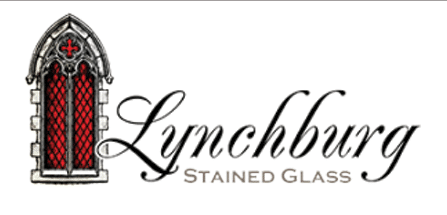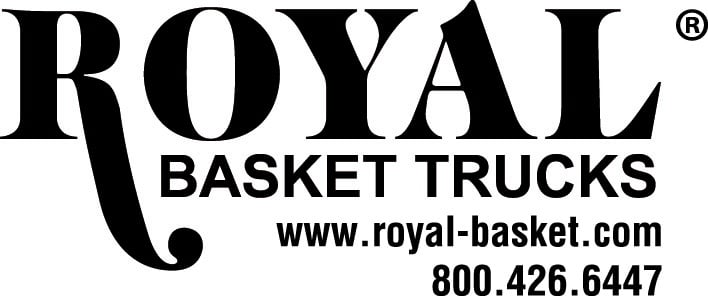By Josh Gregoire
Welcome to the world of “phygital” church—the blending of the physical and digital to maximize how churches connect with people and help them draw closer to God and others.
My colleague, Rob Gordon, and I met on Facebook Live for a conversation about phygital church. Rob and others on our design team are continually asking, “How can we use principles of architecture and design to create a phygital experience at church?”
People need transitions and visual cues—both in person and online.
In-Person Cues
When you attend church in person, there are many design features and transitions that give you the opportunity to prepare for your church experience. For example, you might park your car and see a welcome sign. Then, as you enter the lobby, you may be greeted and grab some coffee. You might have a quick conversation with someone, check-in using your phone, and enter the worship space. As you sit down, worship screens may be projecting welcome visuals. These are all steps and cues that help us prepare physically, emotionally and spiritually to enter into worship. It’s an in-person experience with some digital interaction, as well.
Online Cues
Similar to physically gathering in church, online attendees need transitions and cues to help them prepare physically, emotionally, and spiritually to connect with others and enter into worship. We want to welcome them online with the same intentionality we place on greeting someone as they walk through the church’s front door and give them an opportunity to interact virtually.
To create an online church experience, consider what visuals and information you’ll be sharing. Make handouts, such as a PDF of the weekly bulletin or a fillable PDF for sermon notes, available to people online as they get settled into their seats at home or wherever they’re attending church online.
To add another visual cue that church is about to start, you could broadcast a video of people entering the building, mingling in the lobby, getting coffee and taking seats in the sanctuary. This helps replicates the in-person experience and helps people feel like they are part of a community. This also connects people to your physical space so that if and when they visit in person, the space will feel more familiar and comfortable to them.
Keep the conversation flowing as you welcome people online, invite them to get their own cup of coffee, and help them know how to engage with the service and the other opportunities at church.
Every space in your church needs to be designed to create content.
Now that nearly every church in America is offering Sunday services online, churches are taking a fresh look at how they can use various parts of the building from which to record or broadcast. As we design ministry space for churches, we’re doing so now with an eye toward creating multiple venues for recording and filming within your building. According to Rob, if the space has good lighting and acoustics, you can record content for many more people to engage with.
So, what does this look like for a church? In the worship space, we know that the sermon and teaching will be shared. In the lobby, content could be recorded to welcome people and provide information about how to connect, grow or serve through the church. In the children’s or youth space, consider what teaching, updates, announcements or other content can be shared to encourage kids, students, and their parents.
Whether people are in-person or attending church virtually, our goal is to create space that connects people to God and others. We’re continuing to learn so much! It’s an exciting time as churches are focused on phygital church and reaching all generations for Christ.
Josh Gregoire is the church relations coordinator for Aspen Group, a ministry-focused design, build, furnish firm providing integrated solutions for new church facilities, additions, and renovations. This article first appeared on AspenGroup.com. Used with permission.














